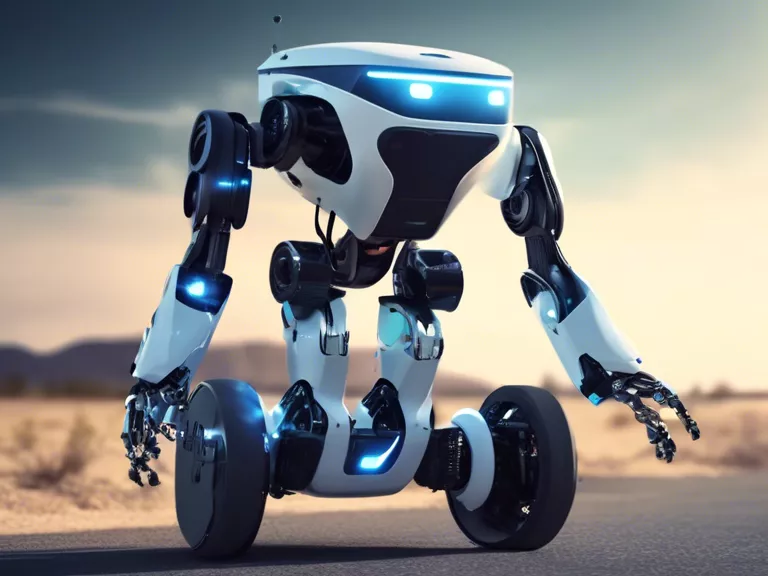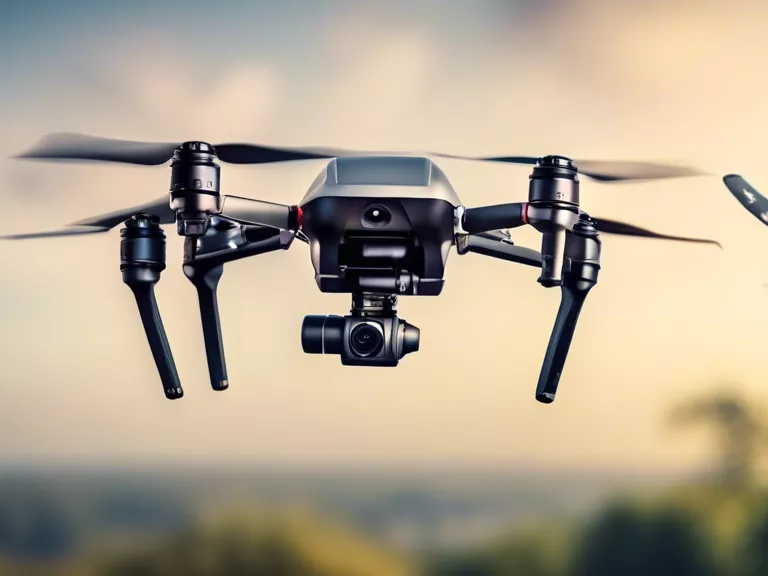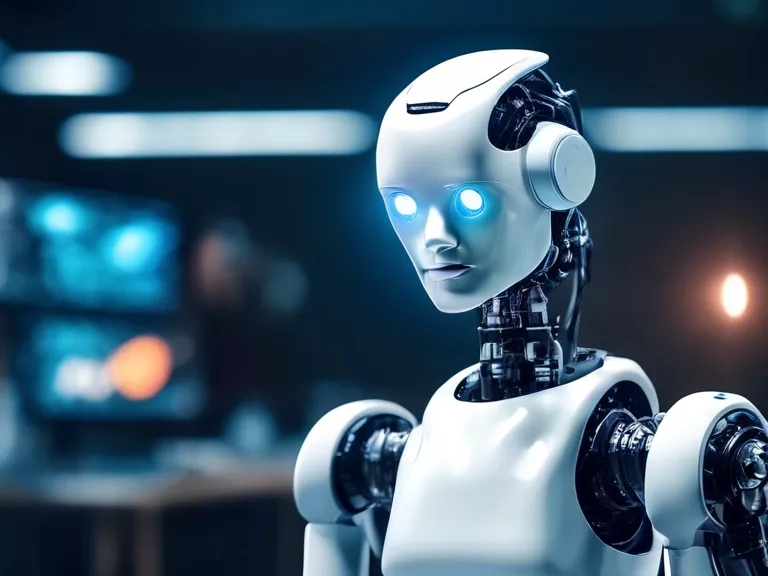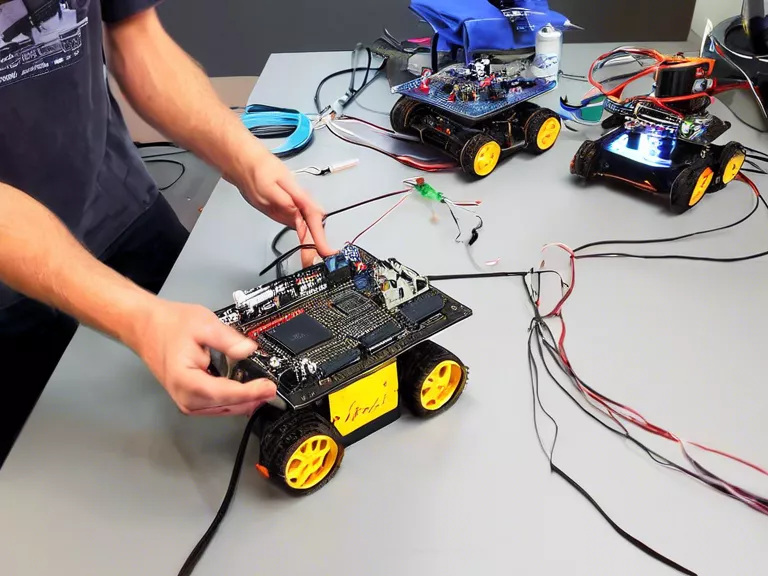
In recent years, the field of robotics has seen a significant advancement with the emergence of autonomous robots. These robots are capable of performing tasks and making decisions without human intervention, opening up a wide range of possibilities across various industries. Let's explore some of the latest trends in autonomous robots and their applications.
1. Machine Learning and AI Integration: One of the most prominent trends in autonomous robots is the integration of machine learning and artificial intelligence. These technologies allow robots to adapt to new situations, learn from past experiences, and make decisions based on complex algorithms. This advancement has enabled robots to perform tasks that were once considered impossible for machines.
2. Swarm Robotics: Swarm robotics involves a group of autonomous robots working together towards a common goal. This trend has gained popularity in applications such as search and rescue missions, agriculture, and construction. By working collaboratively, swarm robots can achieve tasks more efficiently and effectively than individual robots.
3. Emotional Robotics: Emotional robotics is a growing trend that involves giving robots the ability to understand and respond to human emotions. These robots can detect emotions through facial expressions, tone of voice, and other cues, allowing them to provide more personalized and empathetic interactions in fields such as healthcare and customer service.
4. Autonomous Vehicles: Autonomous vehicles, such as self-driving cars and drones, have become a major focus in the robotics industry. These vehicles utilize a combination of sensors, cameras, and advanced algorithms to navigate and make decisions without human input. The applications of autonomous vehicles range from transportation and delivery to surveillance and mapping.
5. Robot-Assisted Healthcare: In the healthcare sector, autonomous robots are being utilized for various tasks such as assisting in surgeries, delivering medications, and providing companionship to patients. These robots can improve efficiency, accuracy, and patient outcomes while reducing the workload on healthcare professionals.
As autonomous robots continue to evolve and expand their capabilities, we can expect to see further integration of advanced technologies and new applications in a wide range of industries.



